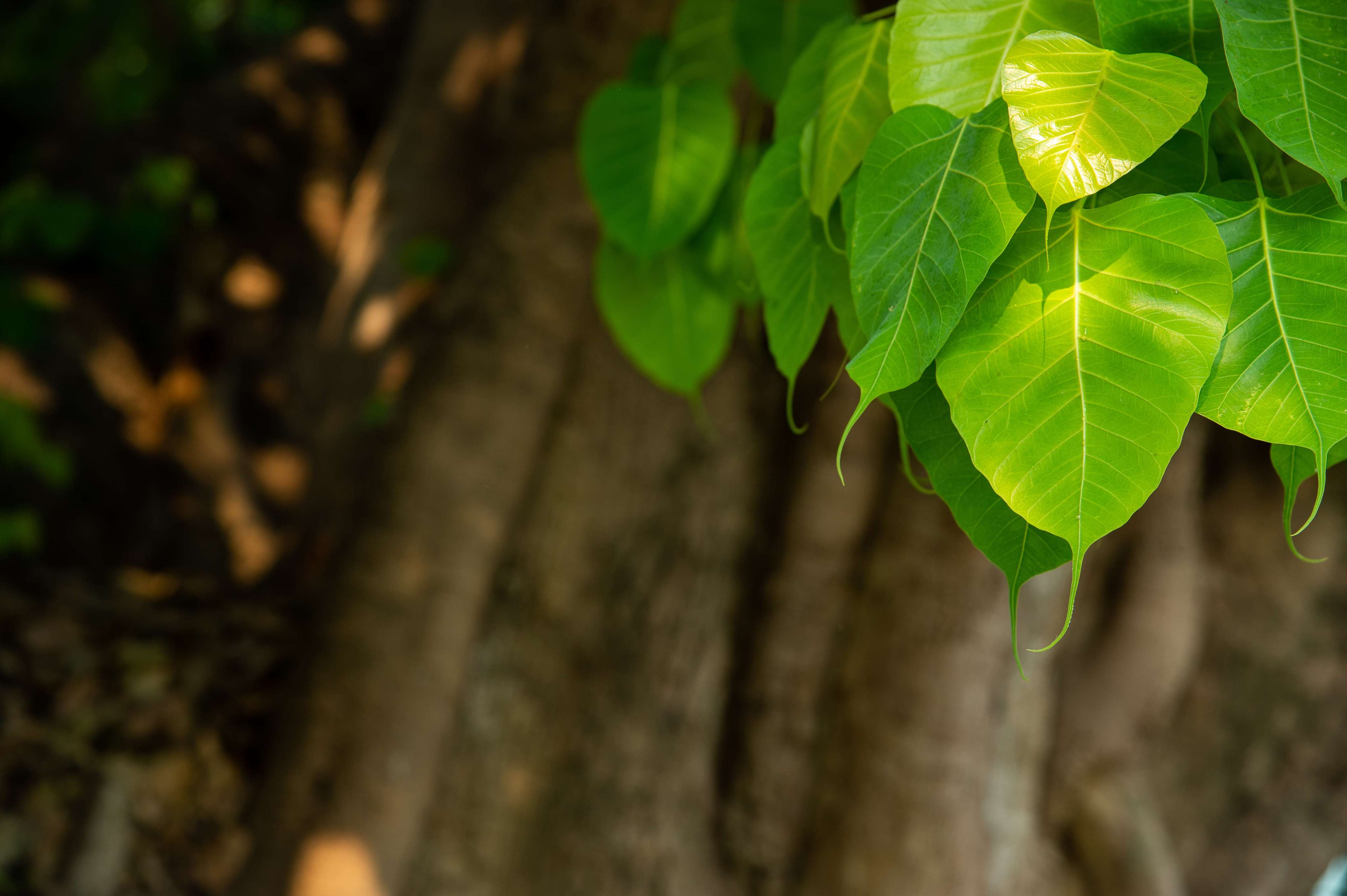

In this freewheeling conversation, Sadhguru shares fond memories of Dussehra celebrations in his hometown Mysuru, and the sense of awe that the famous procession instilled in children’s hearts. World-renowned Ayurveda expert, Dr. Vasant Lad, speaks about the significance of Dussehra, Navratri, and Devi, from an Ayurvedic perspective. He also reveals how plants can be identified as feminine or masculine.
Sadhguru: I am from Mysuru, and Dussehra is a big event in Mysuru city. Every year, people gather for the Dussehra procession and so many things that happen there. Right from my childhood days, I have been to many Dussehra processions. When we were very young, my parents took us, and later on, we went by ourselves. But when I was probably sixteen or seventeen, I thought, “What is there in that procession?” And we went somewhere else.
One Dussehra day, I got involved with a small orphanage where there were about 40 children. These kids were such that if I went there to play with them, they would just come, and the desperation with which they hugged me was unbelievable. Then I asked them, “It is Dussehra time – have you seen the procession?” Some of them were around twelve years old, while many of them were four to five years old. None of them had ever seen it.
I decided to take all of them to the procession. I borrowed a Matador truck from my friend, and put these children on the cargo deck with an adult. I drove them there and found a nice place for them to see the procession. I will never forget how excited they were about seeing the Maharaja, the elephants, and the horses. I just sat there and cried that day because of what it meant to see the procession.
The moment we grow up and see a few films or some other entertainment, we forget. Before, we were excited to see it, but later on, we think, “What is there to see? I have seen it so many times.” But after seeing those children, I thought, “If I am in Mysore, I must go to the procession, no matter what.”

Dr. Vasant Lad: Days like Dussehra are significant even in Ayurveda. For example, during Navaratri – the nine days and nights of Devi – every name of Devi has a significance in Ayurveda. These are the names of the Vanaspati herbs. On those particular days, when we make a decoction tea of nine specific herbs and consume it, it brings clarity, health, and happiness. And amazingly, it balances the three doshas, and burns the ama, the toxic metabolic waste in the body. So, Ayurveda is totally integrated in every so-called ritualistic event.
Sadhguru: It has kind of merged with the culture. Traditional medicine was not about one doctor’s knowledge. It was about everyone knowing what to do about themselves. As a part of this, we created herbal gardens in over 123 villages in rural India. In a village where someone donated a piece of land, we grew about 108 varieties of herbs. We also taught them how to use them. They can pluck them for their own use.
These days, when children have a stomachache or someone has a headache, they go to the doctor. When we were growing up, all these things were handled at home. If your stomach is upset, you are not sick – it is just that your body wants to get rid of something. But in today’s terms, if you have a little bit of a stomachache, you are sick. So, we started these herbal gardens, and the village people are maintaining them.

Sadhguru: In the tribal culture in southern India, plants are identified as masculine and feminine. Is there such a thing as feminine herbs and masculine herbs in Ayurveda?
Dr. Vasant Lad: That is correct. It is based on Shiva Swarodaya[1]. Shiva Swarodaya is the wonderful science of Suryaswar, Chandraswar, Ida, Pingala, and Sushumna. There is Ida, Pingala, and Sushumna in every plant. If you take a leaf, it has a central channel – that is Sushumna. Every leaf has a solar side and a lunar side. The shiny side is solar because it takes solar energy, and the rough side is lunar. And there are horizontal lines on the leaf which are called seera. If you count those seera and their number is even, it is a female tree. If it is an odd number, it is a male tree. In this way, the gender of a plant can be detected through the number of horizontal lines on the leaf. This is very fascinating.
There is also rasa–virya–vipak. Rasa is the taste, virya is the heating and cooling energy, and vipak is the post-digestive effect. And then prabhav. Prabhav is the action on pilu pak and pithar pak. Pilu pak is happening at an atomic level to the cell membrane. Pithar means parents, which is the genetic factor, so the herb goes up to the genetic factor and to the RNA and DNA level.
Ayurveda is really talking about male trees and female trees. Male and female energy, Shiva–Shakti, Purush–Prakriti, Ying–Yang, Ida–Pingala – these are present in the plant.
[1] An ancient Sanskrit tantric text